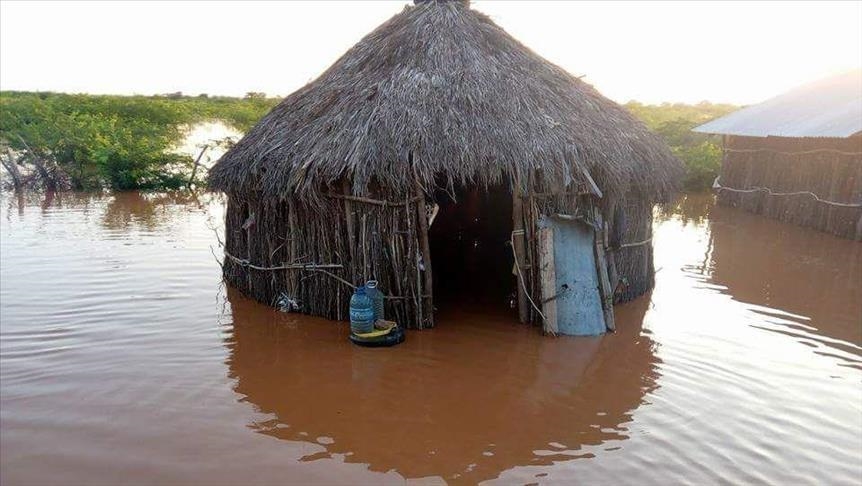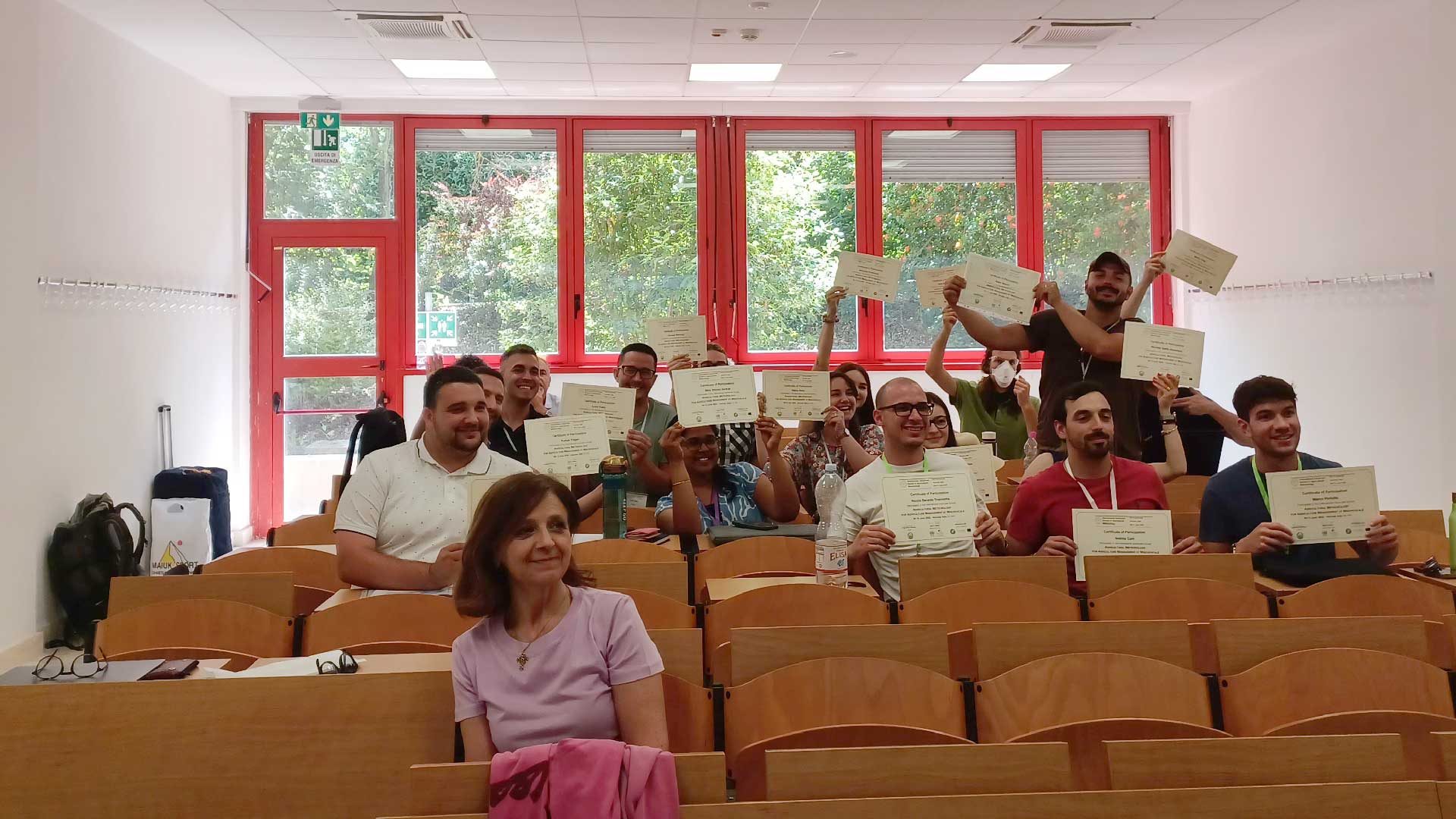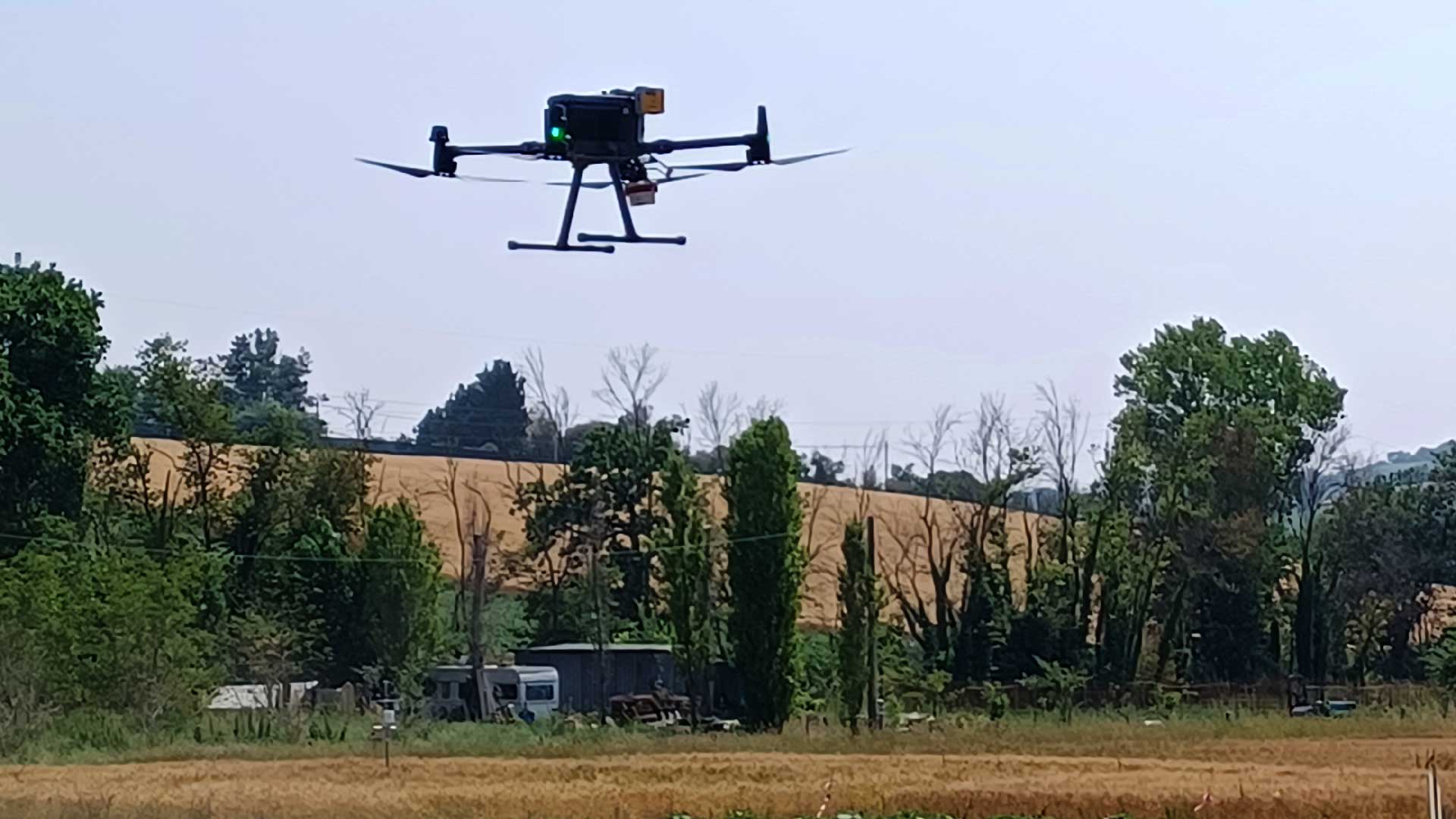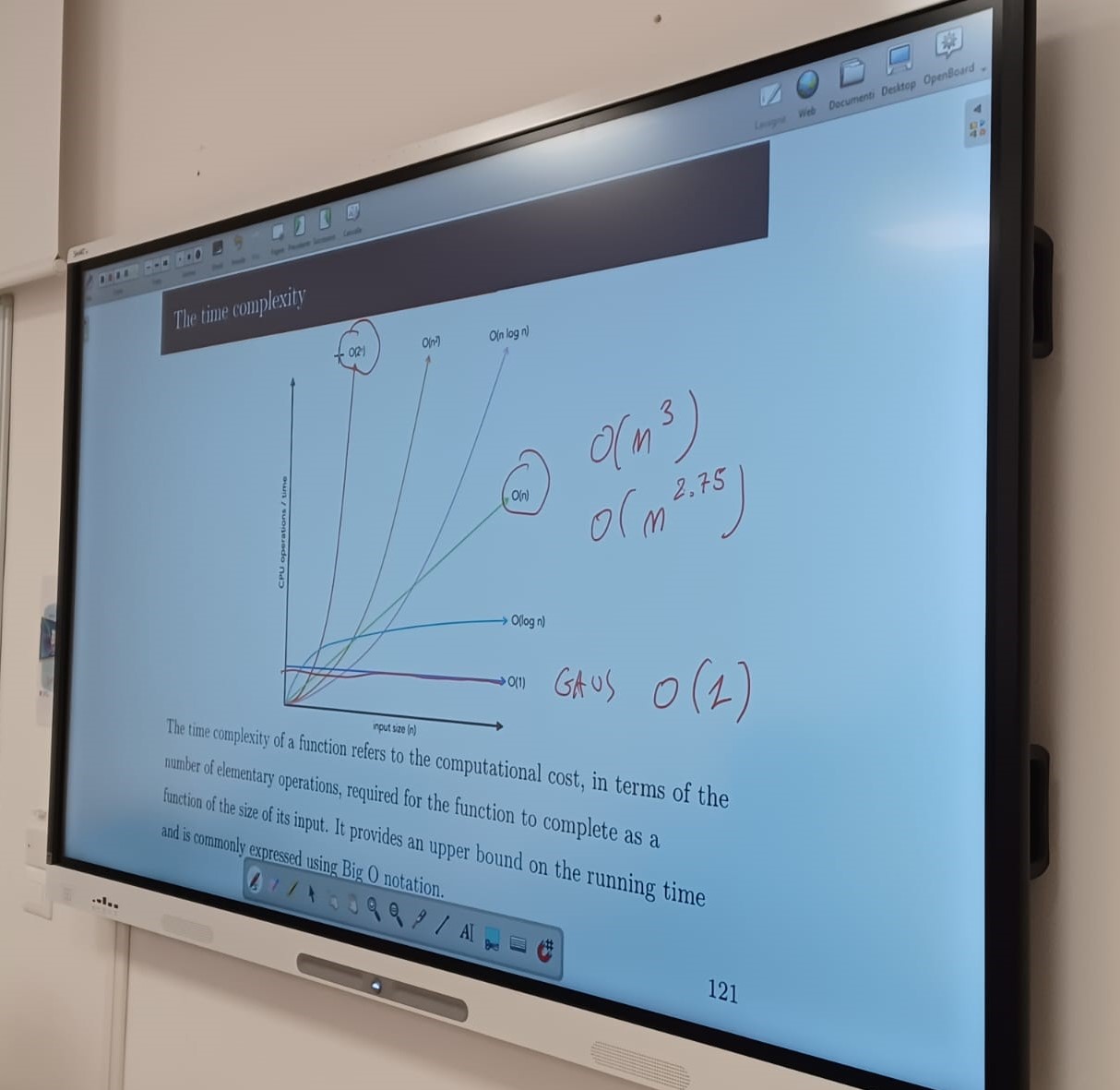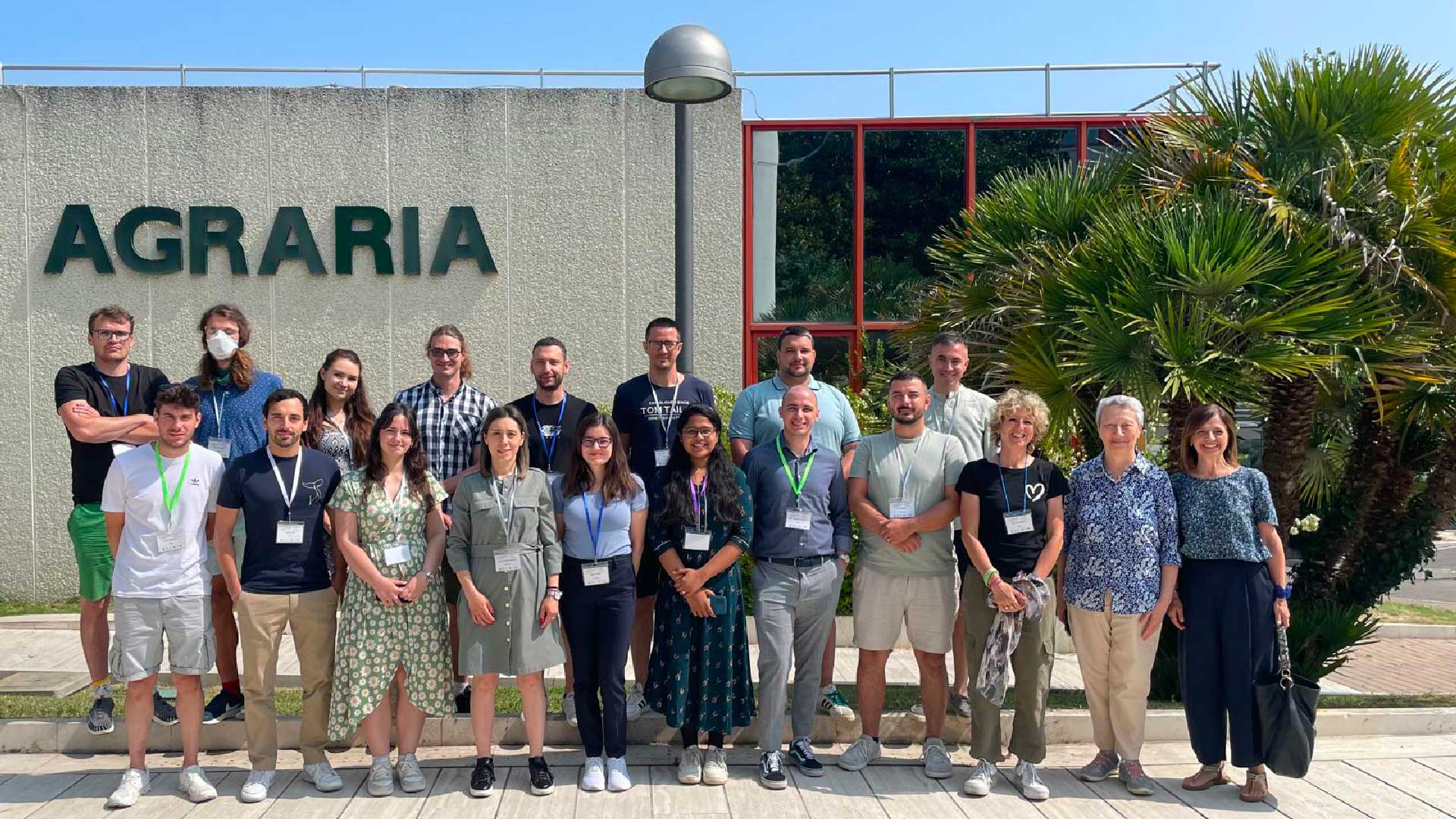Climate Services for flood risk management provide relevant and timely information to help communities and organizations understand and prepare for potential flooding events. In the context of the natural hazard, the significance of local or indigenous knowledge is often overlooked or undervalued and is often seen as either a competing knowledge claim or as being incorrect and in need of correction (Krauss, W., & von Storch, H. : 2012). However, several studies, such as climate ethnography studies, highlight that one important aspect of effective risk management is incorporating local knowledge into the design and implementation of these services.
The Added Value of Local Knowledge
Local knowledge refers to the understanding and information held by individuals and communities that are specific to a particular location or region. This knowledge, in flood-prone areas, can include information about historical flooding patterns, local infrastructure and infrastructure vulnerability, and cultural and social factors that may affect how people respond to flooding.
One example of the use of local knowledge in flood risk management is the use of traditional ecological knowledge by indigenous communities. This type of knowledge refers to the knowledge and practices passed down through generations that are specific to a particular culture or region. Indigenous communities often have a deep understanding of the local environment, including patterns of flooding and the impacts of flooding on their communities. Incorporating traditional ecological knowledge into the design of climate services for flood risk can help to ensure that these services are sensitive to the unique needs and context of indigenous communities.
Another example is the use of community-based monitoring to gather local knowledge about flood risk, engaging community members in the collection and analysis of data related to flooding. This can include information about flood frequency, magnitude, and impacts, as well as information about local infrastructure and vulnerability. By involving community members in the data collection process, community-based monitoring can help to ensure that the information used to design climate services for flood risk is accurate and relevant to the specific community.
The Importance of Community Participation
Participation is a crucial approach to developing climate services that are effective and relevant to local communities. By involving community members in the design, implementation, and evaluation of climate services, it is possible to ensure that these services are tailored to the specific needs and context of the community. This can lead to more effective warning systems, and more appropriate response and recovery plans. Additionally, community participation can help to increase the acceptance and understanding of climate services, leading to greater adoption and use of these services by the community. Furthermore, it can also help to identify the social and cultural factors that may affect how people respond to climate change, and to design services that are sensitive to these factors.
The Anadia Project Approach
Anadia Project is a training and research project in Niger aiming at contributing to the development of sustainable agriculture, through the adaptation of production systems to climate change, to make them less vulnerable to extreme events, supporting food security. The project strengthened the capacities of different actors at the national and local levels. To achieve the project goal, the research team adopted a multidisciplinary approach and involved participatory activities and the use of local knowledge.
For example, a group of local observers was set up to monitor water bodies, using colour-coded scales installed in the main riverine villages to materialise the hydraulic levels that the river flows can expect, encouraging local monitoring of the flood, providing observations to the platform, and informing downstream villages.
However, the participation extended beyond local observation.
How were the communities involved?
The integration of public participation and local knowledge played a crucial role throughout the entire process of Flood Risk Assessment (FRA).
In the step of hazard characterization, local knowledge was instrumental in determining the critical threshold for daily precipitation levels that lead to pluvial flooding damage. Additionally, the areas that are prone to flooding based on the hydraulic model were verified through the use of a georeferenced and photographed inventory of all assets affected during the 2019 season, which was prepared by a local team in each town. The local knowledge also helped in determining the replacement value of flood-prone assets. Furthermore, during the two public meetings held in each town, the participation of the community enriched the criteria for selecting measures, identified the benefits of treating the risk, and ultimately decided whether to accept or treat the risk.
A focus group with different categories of participants had the goal to define risk reduction measures in each town. Mayors and municipal technicians, community women, and community men and scientists worked together to identify various measures to reduce flood risk. Moreover, the community emphasized that any chosen measures should be:
- widely accepted and understood by the community,
- feasible with local labour and resources,
- implemented through mutual aid,
- require minimal maintenance,
- have a positive impact on the environment
- increase agro-forestry production.
In conclusion
This project is an example of how local and scientific knowledge can be effectively integrated into an under-investigated field. Further studies should also consider policy implications. It is crucial to encourage public participation at all stages of a Flood Risk Assessment, but it is also important to define a legal framework, framed on the specific territorial area, to better manage the whole process.
Read More on the participatory approach adopted in the Anadia Project:
- Maurizio Tiepolo, Sarah Braccio, Edoardo Fiorillo, Andrea Galligari, Gaptia Lawan Katiellou, Giovanni Massazza, Vieri Tarchiani, Participatory risk assessment of pluvial floods in four towns of Niger, International Journal of Disaster Risk Reduction, Volume 84, 2023, 103454, ISSN 2212-4209, https://doi.org/10.1016/j.ijdrr.2022.103454.
Internal Link

